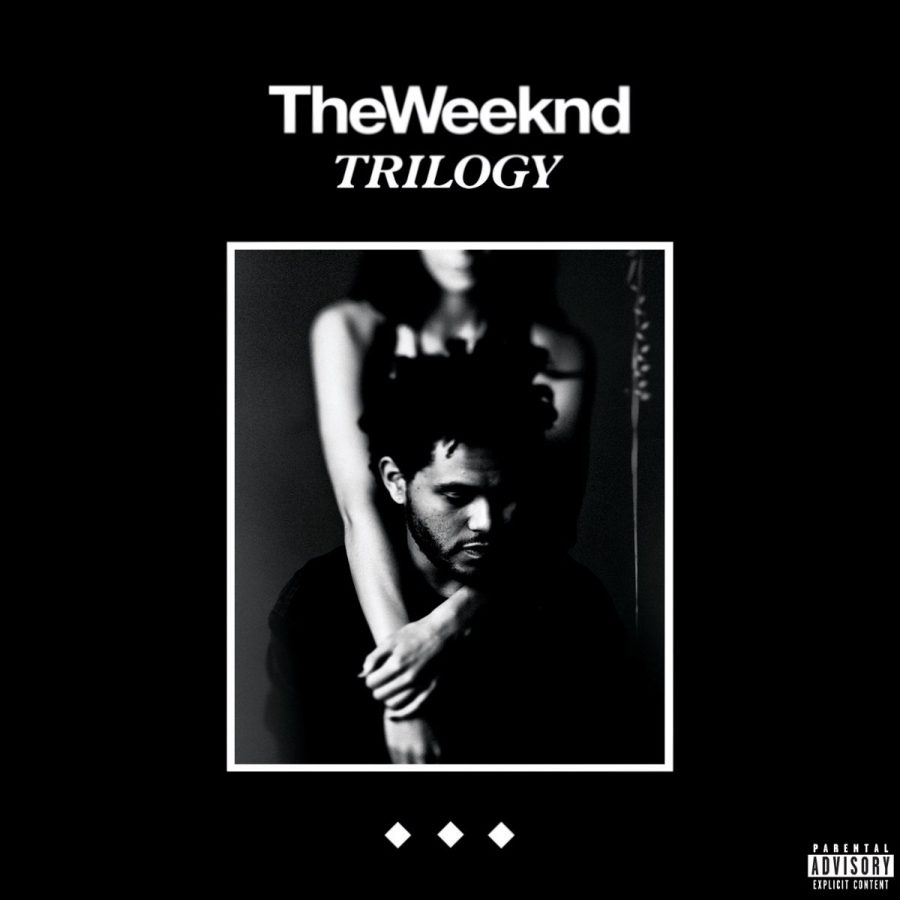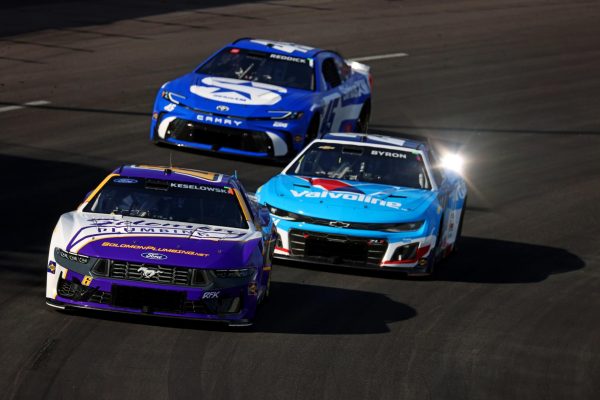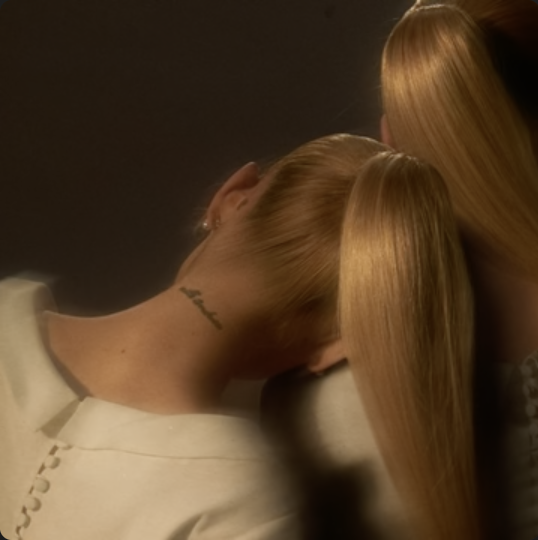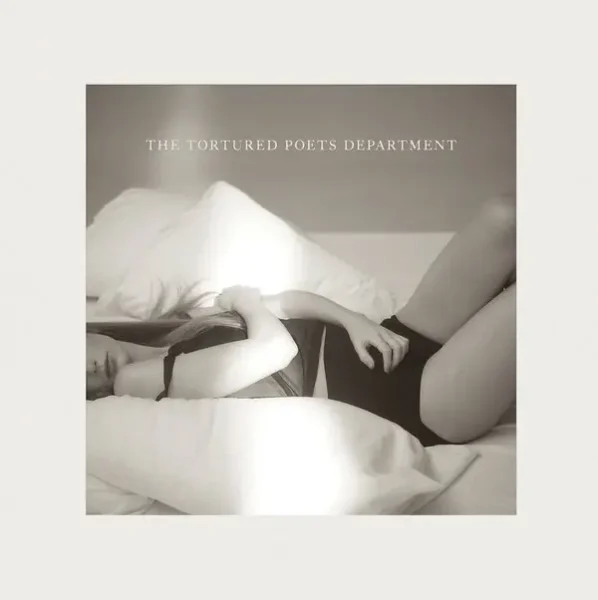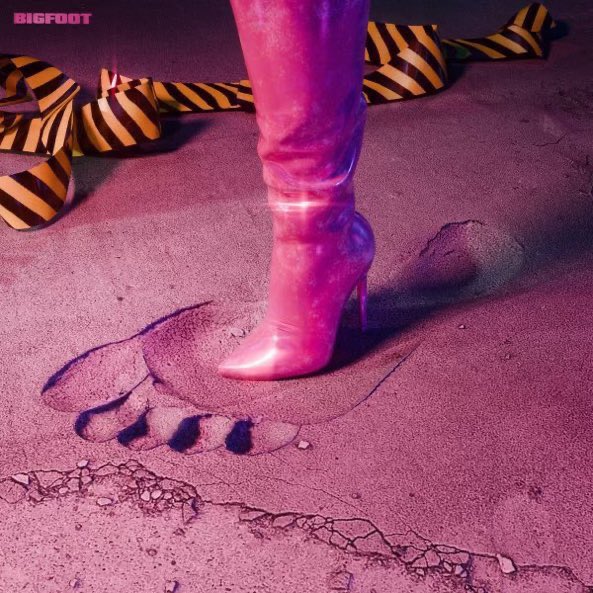The Importance of “Trilogy”
Imagine that we’re back in the year of 2011. The ripple effect that the 2008 recession had was still touching many, and escaping life’s inevitable beat downs was a way for many people to cope. Pop music was no exception.
The sound of EDM could be heard on the radio, with producers like David Guetta, Avicii and Calvin Harris dominating the charts. This bubbly pop that flooded everyone’s car radio speaker with easy-to-sing hits that encapsulated the naivety of a young teen was an effective distraction.
Beneath the underbelly of this movement, however, there was someone who had no time for distractions. He embraced the toxicity of the partying, drugs and sex that popular music would prefer to glance over — to romanticize, even. No, this lifestyle felt monotonous. You lurked throughout an ominous, smoked-filled room, practically tripping on yourself as you drag yourself towards a wailing voice, with no end to this seductive hell.
On Jan. 2, 2011, Abel Tesfaye, also known as The Weeknd released lead single “What You Need.”
Only two months later, the world of R&B and pop would change forever.
Though underrated and sometimes unrecognized to this day, “House Of Balloons,” as well as the remaining two mixtapes that would come out that year to make the “Trilogy” compilation, commenced a new era of a darker, colder sonic palette. Instead of resenting this self-destructive process of chugging down bottles and chasing an unreachable high, he embraced it all like a black cloak.
This hopelessness can be encapsulated in “Wicked Games,” with its hypnotizing chorus having Tesfaye begging “Bring your love, baby, I could bring my shame / Bring the drugs, baby, I could bring my pain.” Tesfaye understands these themes to be poisonous to his character’s well-being, yet indulges. This cynicism and different kind of romanticization would plague R&B and pop artists, shifting from the dance anthems to become more introverted with touches of gloom.
“Trilogy”’s emphasis on depressive, atmospheric instrumentals is arguably the most influential piece from these mixtapes. “Thursday,” off the second mixtape, is a desolate wasteland as Tesfaye limps across a barren tundra at a repetitive, almost hypnotic pace. The watery chords that sink with pulsating synth bass are hidden beneath this sparse percussion, sounding like a winter march. “Trilogy” is chalk-full of somber production choices that, at the time, were innovative for the genre of R&B and pop.
The essence of “Trilogy,” however, goes even further.
When Tesfaye released his first mixtapes, his identity was unknown — some were not even sure if The Weeknd was a band or a singular person. The aura of mystery created an intrigue unlike anything else, sparking a new way for artists to create an online persona. To this day, his limited number of interviews, graphic music videos and story-based projects continue to make him the enigmatic character he is.
His influence would first majorly be felt by his direct connections with Drake, who promoted his music on his OVO Radio. From there, much of the production on Drake’s infamous “Take Care” would be handled by The Weeknd, driving this moody R&B to break into the mainstream. Smaller acts like Majid Jordan and PARTYNEXTDOOR (all under Drake’s OVO label) would emulate this sound, as well as larger acts like Rihanna, Future, changing their styles to match that of The Weeknd’s.
In retrospect, it’s unusual to see a mixtape from an unknown artist with an experimental take on alternative R&B and dream-pop to garner such attention and notoriety. Who would’ve known that a crooner from Toronto would change our perception of pop music forever.




